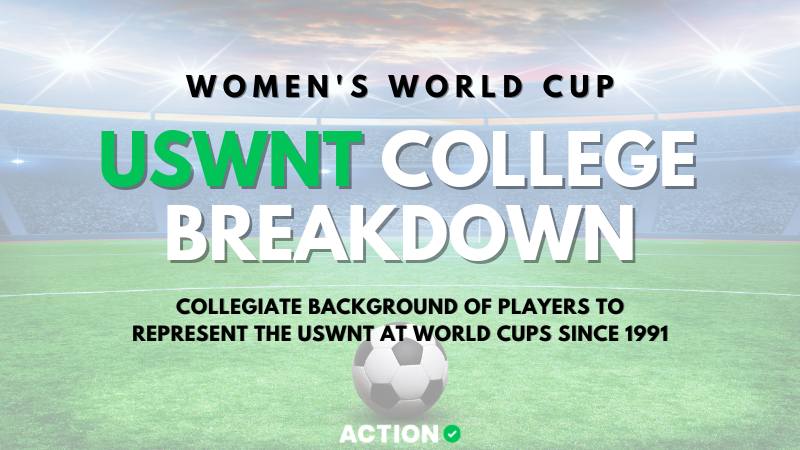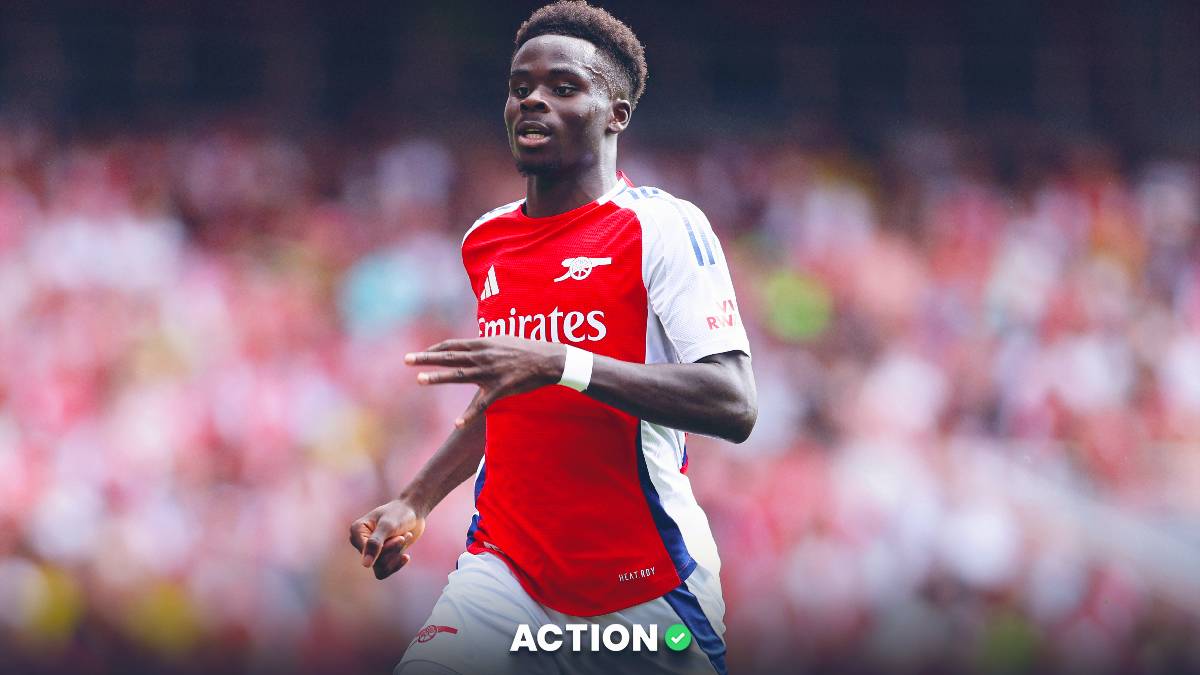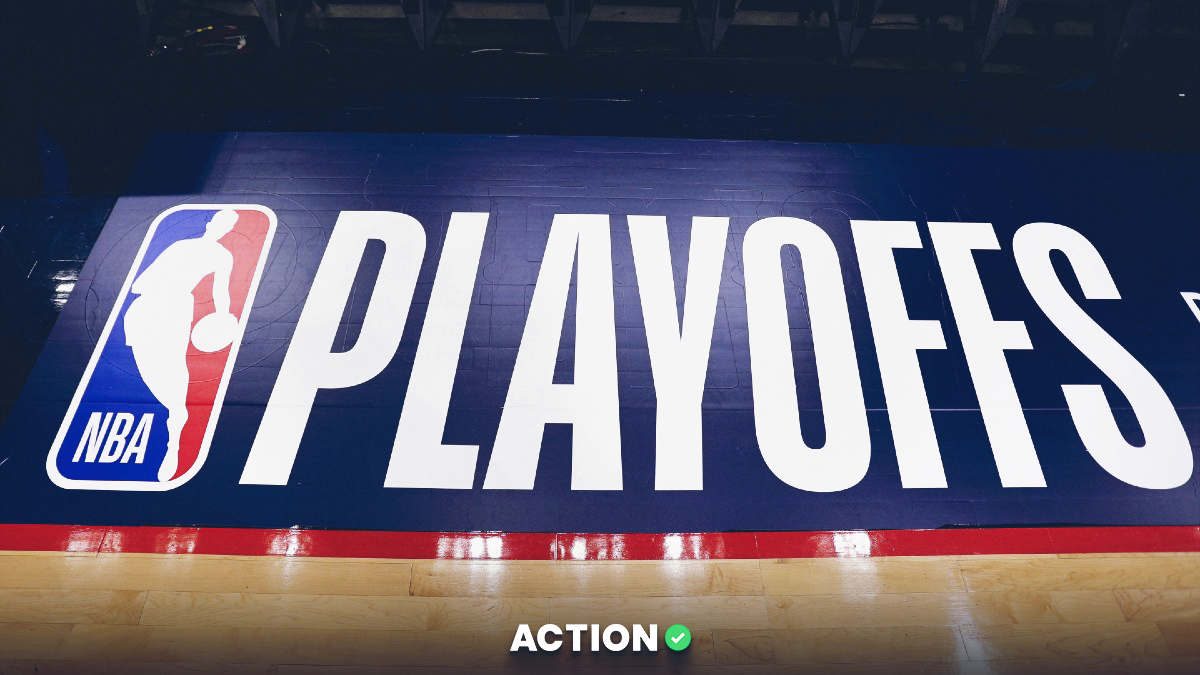As the United States Women's National Team gears up for a deep World Cup run, we researched which colleges have contributed the most to the success of the USWNT up to this point.
In this research, you will find a breakdown of the historical collegiate contributions, but also see how this year’s squad stands out.
The historical domination of the USWNT can to a certain degree be attributed to a rich history of talented players who have honed their skills at the collegiate level. College soccer programs nationwide have served as breeding grounds for exceptional players, propelling them toward global recognition and success with the national team.
We explored the remarkable contributions of various universities in shaping the World Cup legacy of the USWNT.
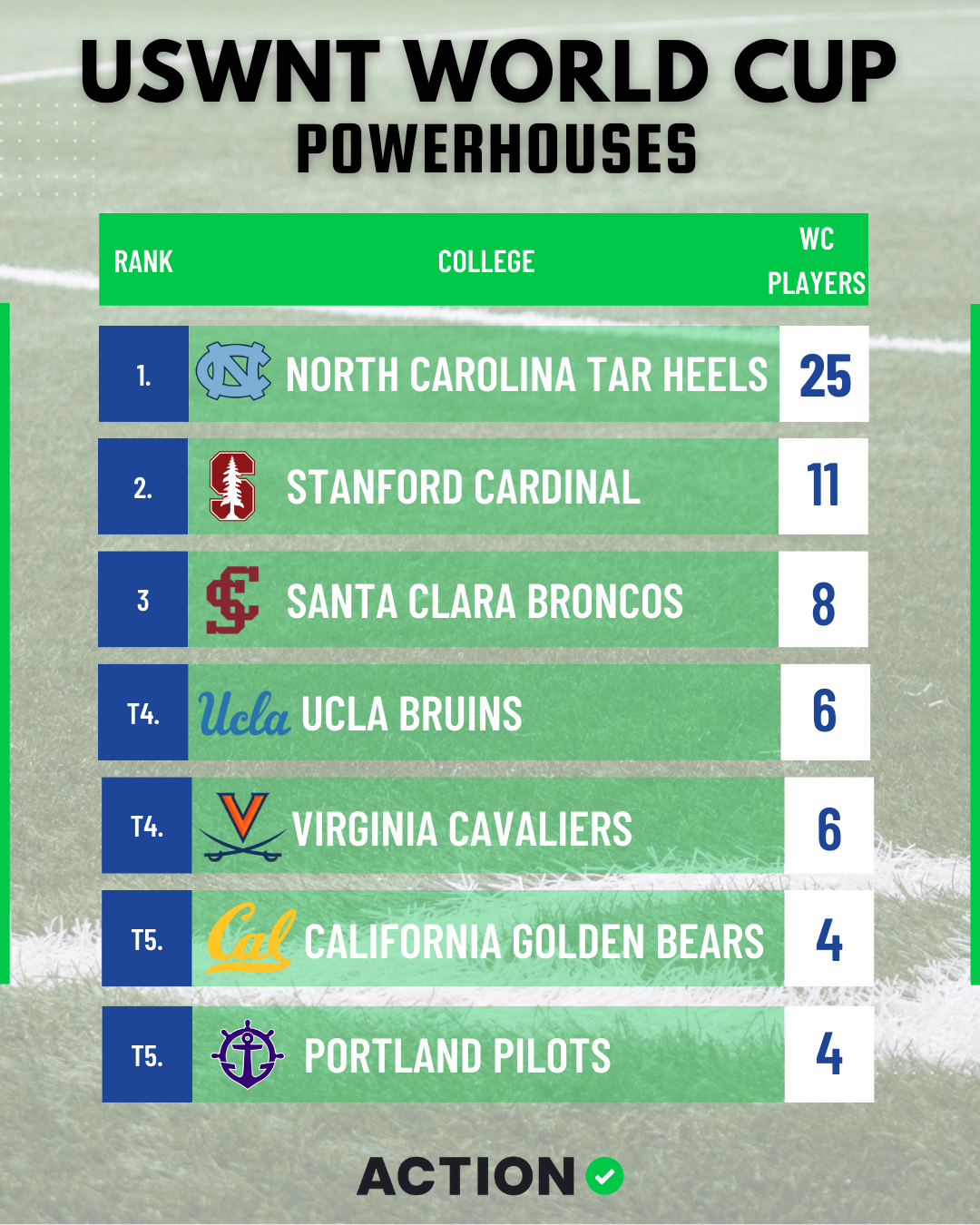
1st Place: North Carolina Tar Heels – The Reigning Champions of Talent (25 Players):
Undeniably, the University of North Carolina stands head and shoulders above the rest, proudly claiming the top spot on our list. With a staggering 24 players who have represented the USWNT in the World Cup, the Tar Heels have become synonymous with excellence in women's soccer. Their commitment to nurturing talented athletes and fostering a winning culture has resulted in a consistent stream of World Cup-caliber players.
Iconic names like Mia Hamm and Kristine Lilly, who led the USWNT to World Cup and Olympic glory, graced the fields of University of North Carolina-Chapel Hill.
2nd Place: Stanford Cardinal (11 Players):
The Stanford Cardinal are sitting comfortably in second place. They have nurtured a total of 11 players throughout history that have gone on to grace the World Cup stage in the USWNT colors.
The Cardinal have boasted Julie Foudy, Christen Press, Kelley O’Hara and more players.
3rd Place: Santa Clara Broncos (8 players):
The Santa Clara Broncos are sitting in third place in this research. The Bay Area college has produced eight players, with Julie Ertz (née Johnston) being the most notable name from the Broncos.
4th Place (Tied): UCLA Bruins and Virginia Cavaliers (6 Players each):
The University of California, Los Angeles (UCLA), has had former players make their mark on the World Cup stage with Sydney Leroux, Abby Dahlkemper and Sam Mewis being some major stars. UCLA sits in fourth place alongside the University of Virginia Cavaliers on our list, boasting six players who have represented the USWNT in the World Cup.
Becky Sauerbrunn and Emily Sonnett, both 2019 World Cup winners, suited up for the Cavaliers in their careers.
5th Place (Tied): California Golden Bears and Portland Pilots (4 Players Each):
Rounding out our list are the California Golden Bears and the Portland Pilots, each with four players who have proudly represented the USWNT in the World Cup.
Alex Morgan played for Cal from 2007-2010, being their leading goal scorer during that time. The most famous Portland Pilots alumna for the USWNT is definitely Megan Rapinoe, who heads to the 2023 World Cup to defend her Golden Boot and Golden Ball along with the World Cup itself.
Despite their smaller numbers, we cannot overstate their impact on the USWNT's legacy.
The full breakdown of how many players the different colleges have produced can be found in this table:
Representing the Stars and Stripes Without a College Career:
Back in 2012, midfielder Lindsey Horan was considered among the highest-ranked college prospects in the country. The Colorado native decided to bypass her college career and went across the pond to sign with the French giants Paris Saint-Germain. Up until this year’s World Cup, she has been the sole Women’s World Cup participant for the USWNT who hasn’t represented a college throughout her career.
For this year’s Women’s World Cup, Alyssa Thompson will be suiting up for the USWNT. She’ll become the second player in the history of USWNT to be included in the World Cup squad without having played in college.
The 2023 USWNT World Cup Squad:
In this year's Women's World Cup in Australia, the honor of producing the most players for the squad does not belong to the North Carolina Tar Heels. This falls with the Stanford Cardinal, who have contributed five former students to represent the USWNT in their quest for World Cup glory.
Additionally, two players each from the North Carolina Tar Heels, the Santa Clara Broncos, and players without a collegiate background (Lindsey Horan and Alyssa Thompson) will proudly wear their nation's colors in the championship.
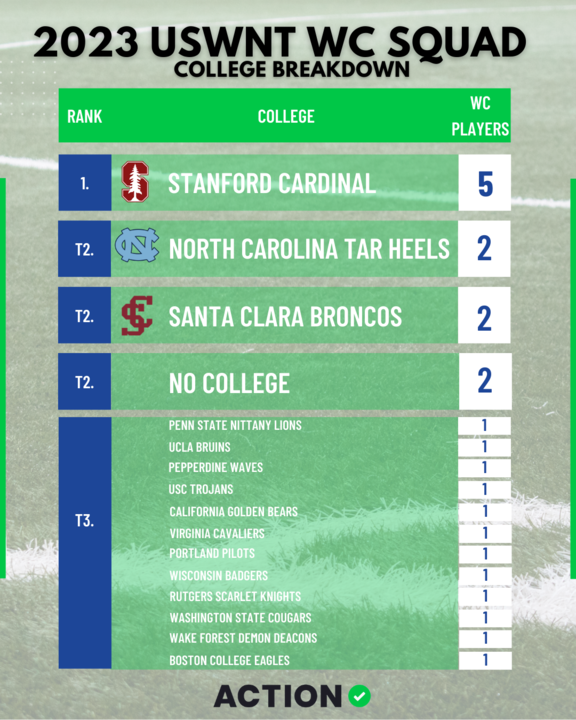
College Soccer Has Fueled USWNT Success
As we reflect on the history of the USWNT in the World Cup, it becomes evident that college soccer programs have played a pivotal role in shaping their success. From the dominance of the North Carolina Tar Heels to the trailblazing achievements of programs like Santa Clara, Stanford, Virginia, UCLA, California, and Portland, these institutions have established a legacy of excellence.
With each passing year, new talents emerge from these esteemed institutions, ensuring that the future of the USWNT remains bright. It will be interesting to see if there’s a shift in dominance, with the Stanford Cardinal sending five players to the World Cup in Australia this year, three players more than the historically dominant North Carolina Tar Heels.
As the USWNT continues to inspire a nation and captivate the world, it is essential to recognize the invaluable contribution of these college soccer powerhouses. Their commitment to player development and their unwavering support for women's soccer has been instrumental in shaping the World Cup legacy of the USWNT, leaving a mark on the sport and paving the way for generations of exceptional players to come.
Methodology:
For this research project, we went back to the first official Women’s World Cup in 1991 and reviewed the squads that represented the United States Women's National Team. We included squads from 1991, 1995, 1999, 2003, 2007, 2011, 2015, 2019 and 2023 editions of the Women’s World Cup in our research.
Our data can be found here.


